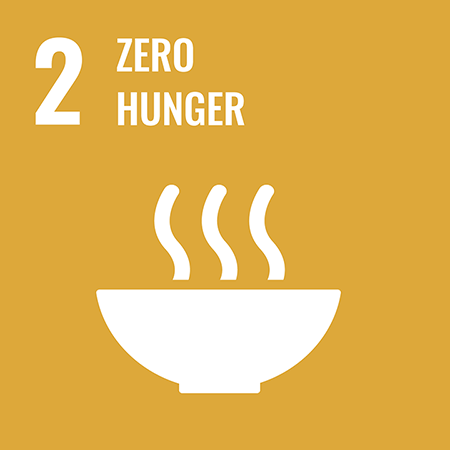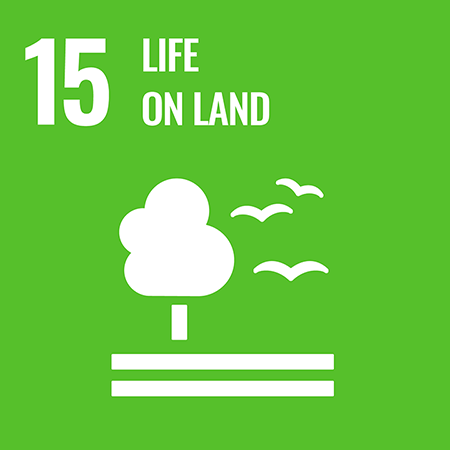Characterization of the early stage root architecture and morphology of 25 tef genotypes from contrasting agro-climatic zones in Ethiopia – and their response to nutrient availability
Abstract
Eragrostis tef is a warm-season, annual cereal crop primarily grown in Ethiopia and Eritrea being a key staple crop in the region. However, yields of current tef cultivars and local landraces remain equally low, especially on highly eroded croplands. We suggest that additional information on the root system architecture (RSA) and morphology of tef is urgently required to better understand its ecophysiology, to elucidate the variability of RSAs in current germplasm collections and the potential of different RSA to be targeted in future breeding programmes. This project will study 25 Ethiopian tef genotypes from a germplasm collection. Fifteen landraces were selected to cover a large range of agro-ecological zones from humid to arid areas and different heights above sea level. Also, 10 cultivars were selected to compare RSA of different improvement stages. This set of genotypes will be screened using the 2D-RSAT platform under two different nutrient availabilities. Different traits will be evaluated, for example shoot height and leaf area, total root length and density, root growth and branching rates, branching angles, root diameter and maximum rooting depth. Subsequently, half of the imaged plants will be dissected to obtain biomass data and morphological traits such as specific root area and tissue density. In specific, we aim to 1) determine the variability of RSA within and between 10 tef cultivars and 15 landraces; and to identify genotypes with largely contrasting RSA (e.g. deep vs. shallow); 2) to assess the plasticity of tef root architecture under altered nutrient supply (i.e. unfertilized vs. recommended NP fertilization); and 3) to correlate RSA of the 15 landraces with the agro-ecological conditions at the regions of origin. The project will be complemented by two working packages. WP1 will evaluated the genetic diversity of the 25 screened tef genotypes through molecular markers, while WP2 will simulate the root system development to improve the inference from tef seedling RSA towards mature root systems. Six to eight genotypes with most contrasting RSAs will be identified for WP2. The project will thus provide important information on tef root traits, allowing to better understand the ecophysiology of a key crop of eastern Africa and the agro-ecology of tef croplands. Furthermore, the results will raise awareness of breeders and potentially encourage them to co-target key root traits in future breeding programmes.
Eragrostis tef root system architecture root phenology
Publikationen
Characterization of the early stage root architecture and morphology of 25 tef genotypes from contrasting agro-climatic zones in Ethiopia and their response to nutrient availability
Autoren: Rewald, B Jahr: 2021
Forschungsbericht (extern. Auftraggeber)
Project staff
Boris Rewald
Assoc. Prof. Dipl.-Biol. Dr.rer.nat. Boris Rewald
boris.rewald@boku.ac.at
Project Leader
01.01.2020 - 31.12.2020
Gernot Bodner
Priv.-Doz. Dr. Gernot Bodner
gernot.bodner@boku.ac.at
Tel: +43 1 47654-95115
Project Staff
01.01.2020 - 31.12.2020
Hans Sanden
Priv.-Doz. Dr. Hans Sanden
hans.sanden@boku.ac.at
Tel: +43 1 47654-91240
Project Staff
01.01.2020 - 31.12.2020
BOKU partners
External partners

University of Trás-os-Montes and Alto Douro
Dr. Márcia Raquel Gomes de Carvalho
partner

